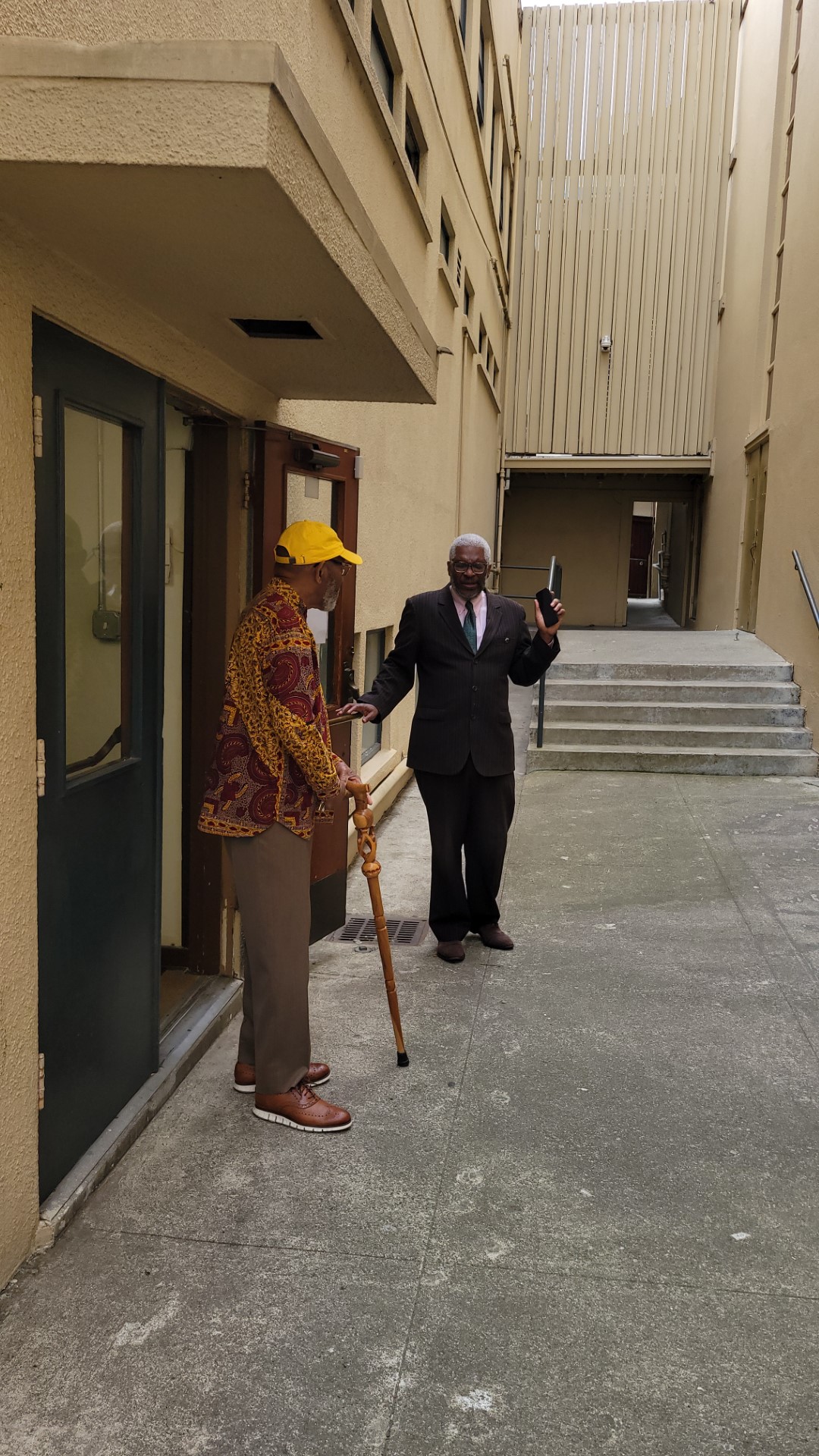
What Mary Helen Rogers commissioned me to say about the real meaning of Juneteenth
Galveston was in Union hands on Jan. 1, 1863. That was the effective date of the Emancipation Proclamation. It had been the first Confederate state capitol to fall in the Battle of Galveston Harbor in October 1862.
Although it was retaken by Confederates in 1863, Union Army troops continued to control the border between Texas and Mexico, including five regiments from Corps d’Afrique at the mouth of the Rio Grande River.
When Confederate forces in Texas refused to surrender, Gen. U.S. Grant sent the nine regiments of the 25th Corps, the troops who captured Petersburg and Richmond and cut off Gen. Robert E. Lee at Appomattox Courthouse by ship to Texas to prevent their attempt to ally with French forces in Mexico.
That is the backdrop for the June 19, 1865 general order by Gen. Gordon Granger at Reedy Chapel A.M.E. Church, founded in 1848. By then, 20 states had ratified the 13th Amendment.
Despite the facts, the national holiday has become a farce of the victory achieved by African-Americans who joined the Union Army and additional hundreds of thousands who provided civilian support to the end of the Civil War.
Hiding their agency keeps all Americans in bondage to contemporary Confederates. The truth merits a national holiday. Juneteenth is properly considered the end of the Civil War, not Appomattox Court House.
As a subject matter expert on African-Americans in the West, I began looking into the primary sources on behalf of the San Francisco Juneteenth, which is marking its 75th year. We’ve provided the correct information, but unfortunately social media has spread the derogatory and demeaning lie.
A spur to the American Civil War was the Mexican Civil War from 1857 to 1859. When France, Spain and England occupied Mexico, Southerners saw an opportunity to escape cotton tariffs and extend slavery into Mexico.
That’s why Texas was the first big prize for Union forces. The victory of Mexican forces at Puebla in May 1862 delayed French advances and gave the U.S. time to station forces on the Texas border. The first regiment of U.S. Troops of African Descent was stationed on the Rio Grande.
After the victory at Vicksburg secured the Mississippi River, Union forces were shifted to Virginia to defeat the Army of Northern Virginia, allowing a Confederate counterattack to help cotton growers have a way to ship overseas to gain hard currency.
The general order was a practice which occurred in every state once Union forces had captured it. In practice, it took the actual destruction of former slave holder properties to free those in bondage, which didn’t occur in Texas because of the scarcity of military engagements. Not only did the Emancipation Proclamation not end slavery, but it most likely would have expired as a result of the capture of Texas and the cessation of hostilities. At that, it took the next year for U.S. troops to visit plantations across the state to forcibly free Blacks.
That was why President Abraham Lincoln and Republicans in Congress hastened to approve the 13th Amendment in the Senate in April 1864 and squeeze it through the House in January 1865, which completely cut the legs from under the Confederacy.
The 209,145 U.S. Troops of African Descent at the African-American Civil War Memorial in Washington, D.C. are the real heroes of Juneteenth. Because of their courage and patriotism, a grateful nation passed not one, but three Constitutional Amendments guaranteeing their freedom.
Treating the event as a mere excuse to have a picnic has allowed contemporary Galveston politicians to redistrict the only county commission seat held by an African-American out of existence in recent months.
Contrary to the myth, Black Texans were the majority of the voters for the Texas constitutional convention in 1866, similar to the 90 percent turnout of Black voters that elected Grant as president in 1868.
That’s not a punch line, it’s the main act of the opera.
John William Templeton is author of Capitalizing Our Heritage: State of Black Business, 20th edition and a professional development trainer during the American Institute of Architects AIA23 Conference on Architecture June 7-10. He submitted five National Register nominations for San Francisco’s 1852 founded institutions.

